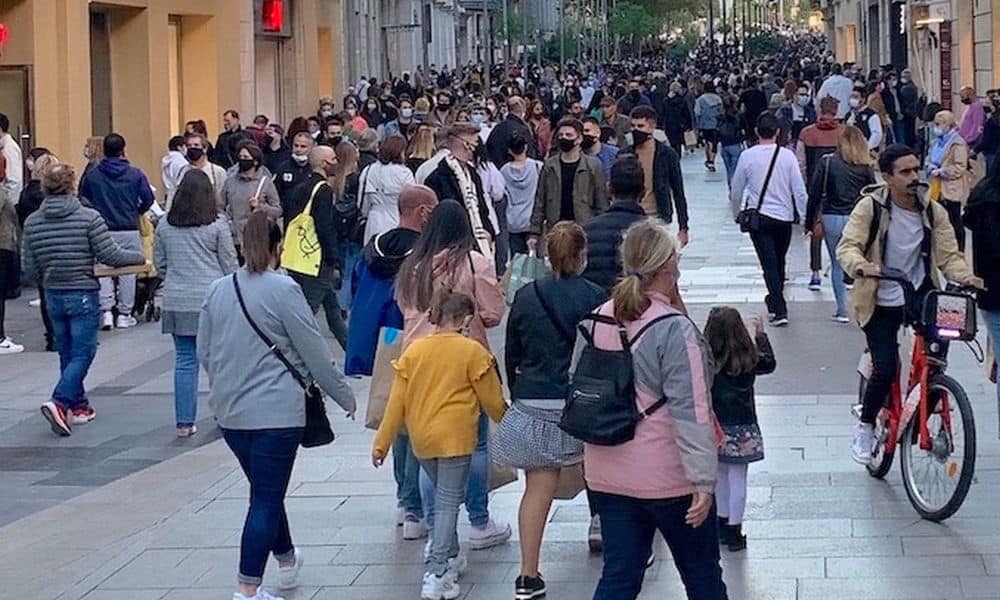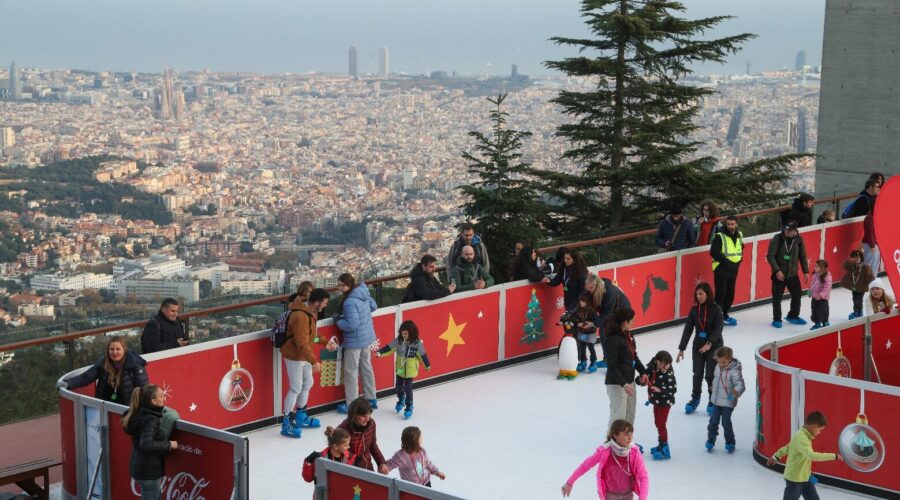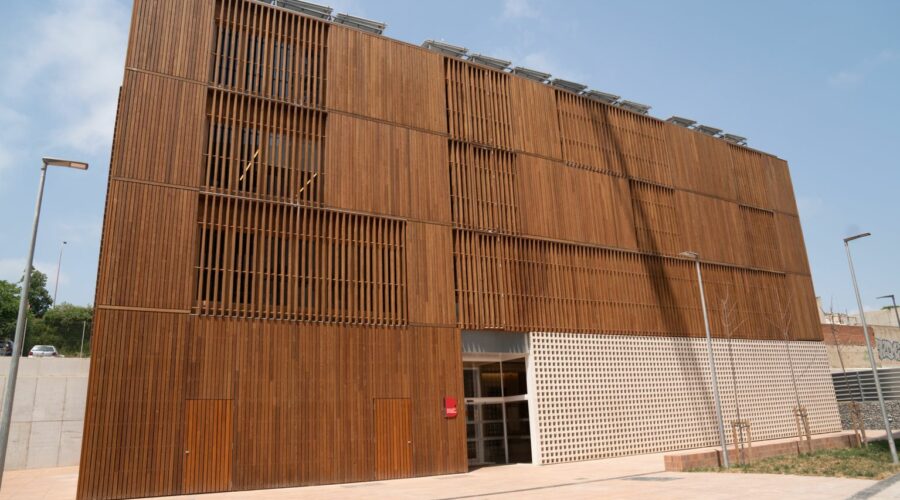
It should be noted that the population of Barcelona has increased for the second consecutive year, reaching 1,702,814 residents. This number corresponds to a 2.6% increase over the previous year. In addition to a record that places the number of people registered in the city at a maximum value since 1991.
Barcelona sees demographic increase linked to migratory movement
This population increase is linked to the migratory movement, which totals 54,000 people. On the other hand, the vegetative balance cushions this downturn. This means that the average age of the population of Barcelona continues to be around 44 years old.
Each year, this report presents the list of essential indicators in order to inform the population. This is based on the characteristics of people who are registered in the Register, such as sex, place of birth, nationality, age, years of registration or frequent names.
Updated data on birth and foreign-born population
It also includes updated information on the foreign-born population and the foreign-born population that was registered in the census. Also noteworthy are the characteristics of the residents’ registration addresses.
This last section shows the basic data on demographic movements during 2023, corresponding to administrative, migratory and vegetative movements.
The report data highlights indicators that reach a maximum of 1,007 centenarians since records have been kept, which is 10.4% more than the previous year.
Neighborhoods with the highest concentration of centenarians
Meanwhile, with a relative weight of 83.7%, the female protagonism in this group was accentuated. On the other hand, the Nova Esquerra de l’Eixample, the Old Esquerra de l’Eixample, Sarrià, Sant Gervasi-Galvany and Vila de Gràcia neighborhoods have the highest concentration of long-lived people.
After five years the number of registered people not born in the city is greater than the number of people born in Barcelona, it is the first time since 2015 that the population of Spanish nationality has increased. This means that there is a timid 0.1 % growth, which reverses the negative sign that has dominated the last few years.
Barcelona sees demographic increase: Foreign population sets demographic pace
The foreign population continues to set the demographic pace. A total of 432,556 people of foreign nationality registered on January 1, 2024 in Barcelona, in line with the upward trend of recent years.
Likewise, the number of registered foreign nationals increased by 10.4% compared to the year 2023, which represents a maximum in recent history in absolute terms, exceeding 430,000 people, in relative weight 25.4%. This means that out of every 4 Barcelonians have foreign nationality.



